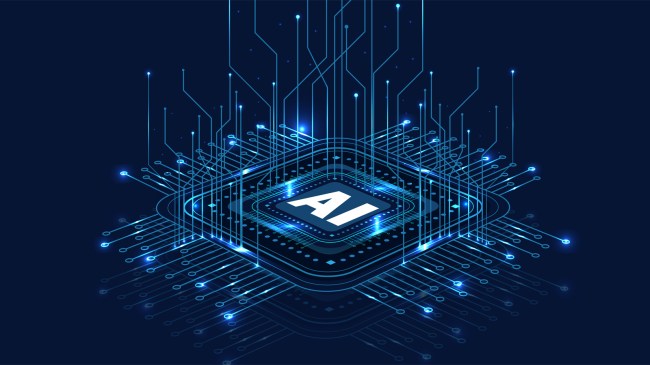iStockphoto
Artificial intelligence (AI) has now invented computer chips that are so advanced there is no way humans can ever understand their level of complexity. Is that a good thing?
Professor Kaushik Sengupta and his team of researchers at Princeton Engineering and the Indian Institute of Technology explain in a new research paper published in the journal Nature Communications how an AI created complicated electromagnetic structures and associated circuits in computer chips, a task that used to take weeks of highly skilled work, in mere hours.
“We are coming up with structures that are complex and looks random shaped and when connected with circuits, they create previously unachievable performance. Humans cannot really understand them, but they can work better,” said Sengupta, a professor of electrical and computer engineering and co-director of NextG, Princeton’s industry partnership program to develop next-generation communications.
That’s right. Humans cannot really understand them.
These circuits can be engineered towards more energy efficient operation or to make them operable across an enormous frequency range that is not currently possible. Furthermore, the method synthesizes inherently complex structures in minutes, while conventional algorithms may take weeks. In some cases, the new methodology can create structures that are impossible to synthesize with current techniques.
“This work presents a compelling vision of the future,” said Uday Khankhoje, a co-author and associate professor of electrical engineering at IIT Madras. “AI powers not just the acceleration of time-consuming electromagnetic simulations, but also enables exploration into a hitherto unexplored design space and delivers stunning high-performance devices that run counter to the usual rules of thumb and human intuition.”
The researchers also stated that while AI can understand a level of complexity that humans will never be able to grasp, “It is possible for AI to hallucinate elements that don’t work, at least for now. This requires some level of human oversight.”
“There are pitfalls that still require human designers to correct,” Sengupta said. “The point is not to replace human designers with tools. The point is to enhance productivity with new tools. The human mind is best utilized to create or invent new things, and the more mundane, utilitarian work can be offloaded to these tools.”
But what about when AI gets to the point that it doesn’t need human designers to correct it? And how long until that happens at the current rate of development? Then what happens? After all, AI has already learned how to self-replicate and made numerous other troubling advances.

